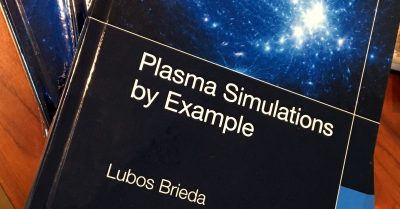Who we are
Particle in Cell Consulting LLC is a small California-based company specializing in the development of high performance computer simulation programs for electric propulsion plasma thrusters, plume-spacecraft interactions, and molecular and particulate contamination transport. Contact us to get started!
What we do
We work with many US government, industry, and academia partners in need of custom plasma simulation tools or contamination transport analysis. Our main focus areas include:
Contamination Transport
Our Contamination Transport Simulation Program (CTSP)[*] is a mesh-free, particle-based, parallel code for simulating molecular and particulate transport. It has been used on a wide range of NASA and private aerospace industry missions, including MMS, GOES-R, Restore-L, TESS, ELSAH, and JWST. We use CTSP in-house to provide contamination transport analysis services, but licenses are also available.
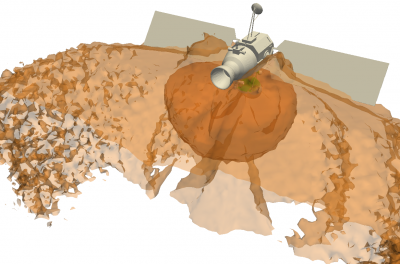
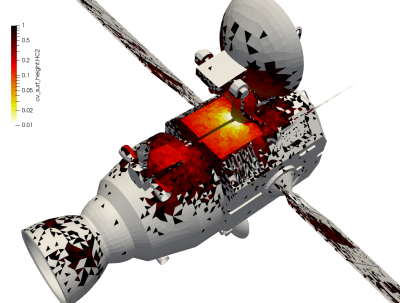
Rarefied Gases and Vacuum Systems
CTSP can be used to simulate free-molecular and rarefied flow regimes. The first example shows number density inside a vacuum chamber computed as part of a chamber retrofit study [Spektor, et.al., SPC2018]. The second picture shows flow around a complex geometry (astronaut model from [*]) computed using the DSMC method.
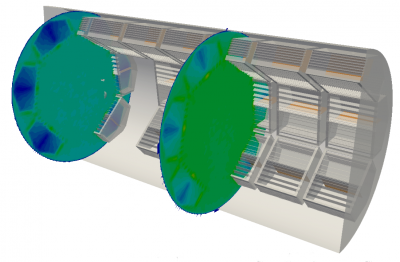
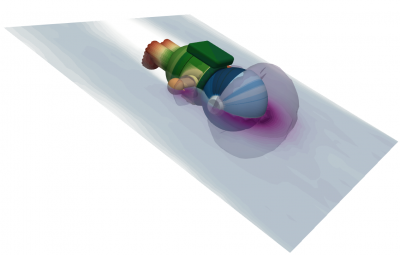
Plasma Propulsion
Spacecraft electric propulsion (EP) thrusters utilize ionized propellant that can backflow to regions with no direct line of sight to the EP device. The company founder was the primary developer of an EP plume-spacecraft interaction code (Coliseum/Draco [*]) that can simulate this effect. Using it, we can simulate the pluming and contamination concerns arising in EP missions, which are especially of concern given the current push to large constellations. The code can also be used for general non-EP plasma simulations, including modeling charged particle detectors.
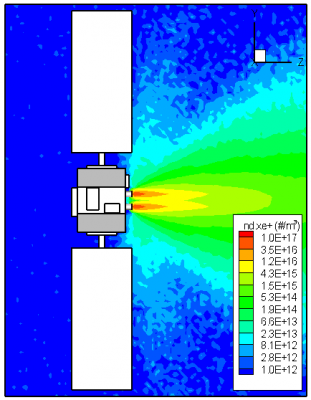
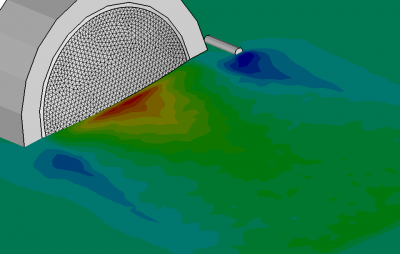
We also have access to various in-house or partner-developed plasma codes. For example, our 2D Starfish code has been used to study electron mobility in Hall thrusters [*], acceleration in an ablative microthruster [*], and ion transport in a Mars soil analyzer [*]. Our 1D GPU-enabled code is currently being used to study vacuum arc jets. We have also contributed a Hall thruster solver module to a new plasma simulation framework [*].
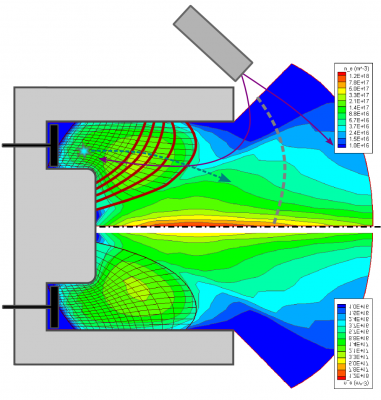
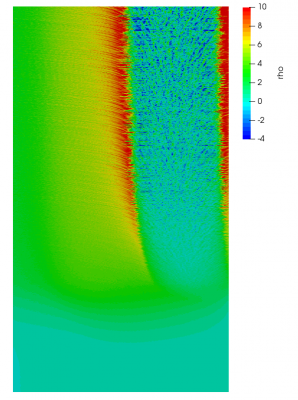
Scientific Computing
Finally, we also offer generic scientific computing support, such as code optimization or MPI / CUDA parallelization. Some of these topics are discussed in our scientific computing blog. We also offer online plasma simulation courses. Material from the courses can be found in a recent textbook.
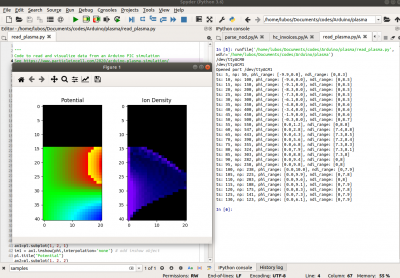
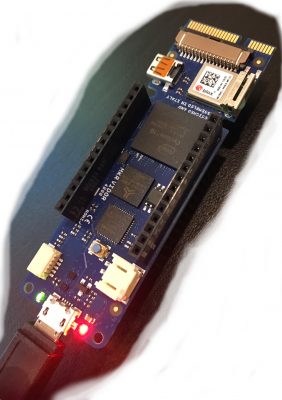
Enter your email address to sign up for our newsletter to stay up to date on latest blog articles and other happenings. There are usually about 6 mailings per year, and you can unsubscribe anytime.
